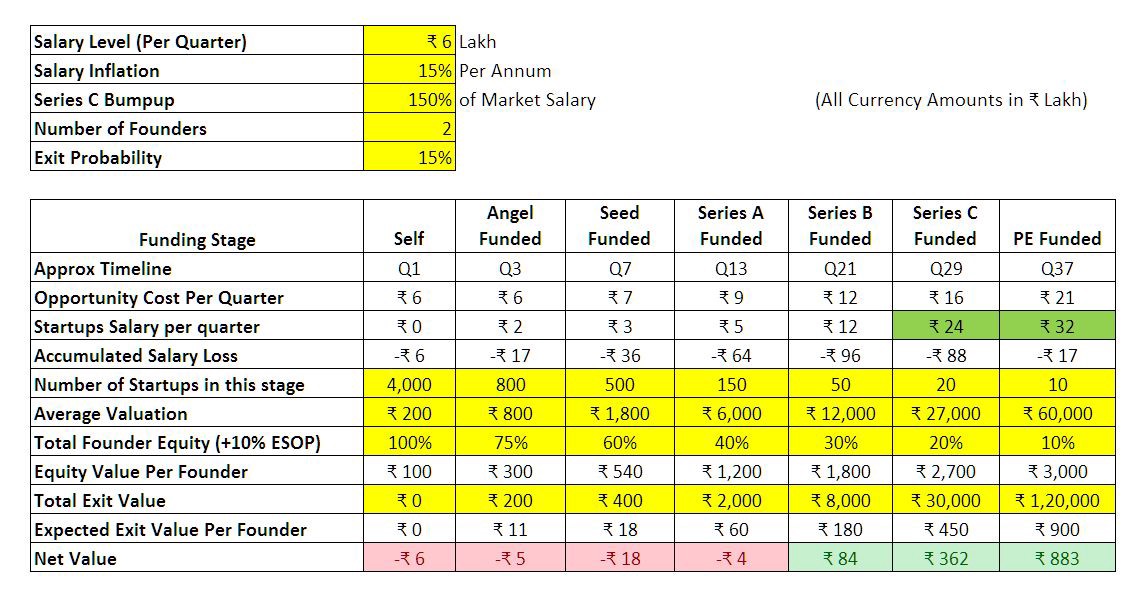Do you find salary slip confusing? Don’t be embarrassed. Most of us have been there. The salary that’s been offered to us during recruitment is not the same when its transferred to your account every month. Hence, to optimize tax liability, deductions and REALLY understand your income structure, it’s important to have a tête-à-tête with your salary slip. Although it’s not the easiest financial document to decipher. But it’s no rocket science either! Here’s a simple guide to understand the basic elements of your salary slip.
Basic salary: It’s the biggest chunk of your earning and the most important one. It comprises of 40-50% of your total salary. The percentage, however, varies from company to company. What makes your basic salary more important is the fact that it’s 100% taxable! The bigger you get paid, the bigger you pay for tax.
House rent allowance/ HRA: HRA is a common element of any salary slip in India. You get up to 50% of your basic salary as HRA, depending on the company, your designation and location. It’s taxable, but subject to certain exemptions. Tax exemption on HRA applies when you actually pay house rent and in a position to provide relevant documents such as rent receipts, leased agreement and PAN number of the property owner. Such exemption is also applicable if you do own a house of your own, but working in a different city for employment.
Conveyance allowance: This is what companies pays you every month for the cost of travel from your home to work, and back. It’s not taxable up to a certain limit. This amount can be added to your in-hand salary depending on how much you actually spend on transportation.
Leave travel allowance/ LTA: LTA is what your employer pays you to travel while on leave. It’s only applicable to the travel expense, and not include boarding and food etc. You can travel alone, or with family. Proof of journey is required for LTA tax exemption and such exemption is applicable only for 2 journeys in a block of 4 calendar years. Usually, LTA amount is same as your one month’s basic salary. The LTA amount, however, doesn’t include in your in-hand salary.
Medical allowance: This is what your employer pays you for any medical expenses during the period of employment. The amount is usually a reimbursed expense and you’d need to provide sufficient proof of expense. The amount of Medical allowance may vary from company to company, but up to Rs. 15,000 per annum is exempted from tax, provided you furnish proof of such expense.
Performance bonus and Special allowance: Depending on the company policy, this amount is paid once or twice a year based on your past performance. It’s given over your basic salary and 100% taxable.
Deduction part
Provident fund/ PF: Typically, 12% of your basic salary goes to ‘Employees’ Provident Fund Organization’ and your employer makes the same contribution. It’s tax exempted and also earns an interest. You may choose opt out from the PF scheme.
Professional tax: This tax is applicable in Karnataka, West Bengal, Andhra Pradesh, Telengana, Maharashtra, Tamil Nadu, Gujarat, Assam, Chhattisgarh, Kerala, Meghalaya, Orissa, Tripura, Jharkhand, Bihar and Madhya Pradesh. It’s a state levied tax of only a few hundred rupees and deducted from your taxable income.
Income tax: This tax is deducted by your employer on behalf of the income tax department, as per your overall tax slab. You can reduce the amount of Income tax by providing proofs of investment in tax-saving financial instruments.
